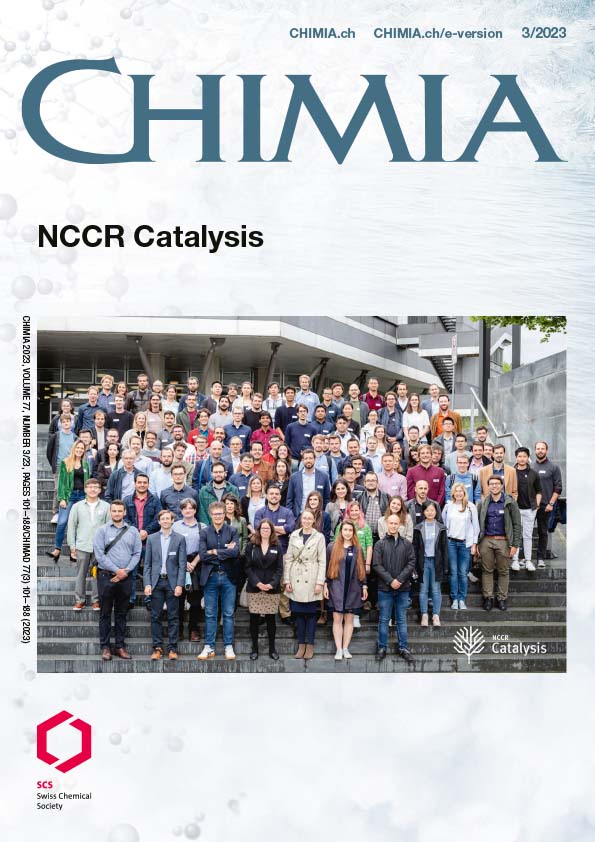Operando Photoelectron Photoion Coincidence Spectroscopy to Detect Short-lived Intermediates in Catalysis
DOI:
https://doi.org/10.2533/chimia.2023.132PMID:
38047816Keywords:
Catalysis, Elusive intermediates, Photoionization, Reaction mechanism, VUVAbstract
Understanding the reaction mechanism is critical yet challenging in heterogeneous catalysis. Reactive intermediates, e.g., radicals and ketenes, are short-lived and often evade detection. In this review, we summarize recent developments with operando photoelectron photoion coincidence (PEPICO) spectroscopy as a versatile tool capable of detecting elusive intermediates. PEPICO combines the advantages of mass spectrometry and the isomer-selectivity of threshold photoelectron spectroscopy. Recent applications of PEPICO in understanding catalyst synthesis and catalytic reaction mechanisms involving gaseous and surface-confined radical and ketene chemistry will be summarized.Funding data
-
NCCR Catalysis
Grant numbers 180544 -
Schweizerischer Nationalfonds zur Förderung der Wissenschaftlichen Forschung
Grant numbers 200021_178952
Downloads
Published
2023-03-29
Issue
Section
Scientific Articles
License
Copyright (c) 2023 Z. Zhang, J. Pérez-Ramírez, J. A. van Bokhoven, A. Bodi, P. Hemberger

This work is licensed under a Creative Commons Attribution 4.0 International License.
How to Cite
[1]
Z. Zhang, J. Pérez-Ramírez, J. A. van Bokhoven, A. Bodi, P. Hemberger, Chimia 2023, 77, 132, DOI: 10.2533/chimia.2023.132.







